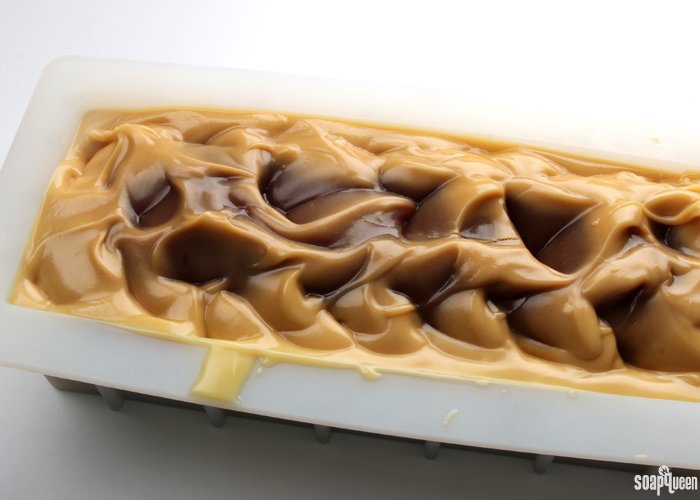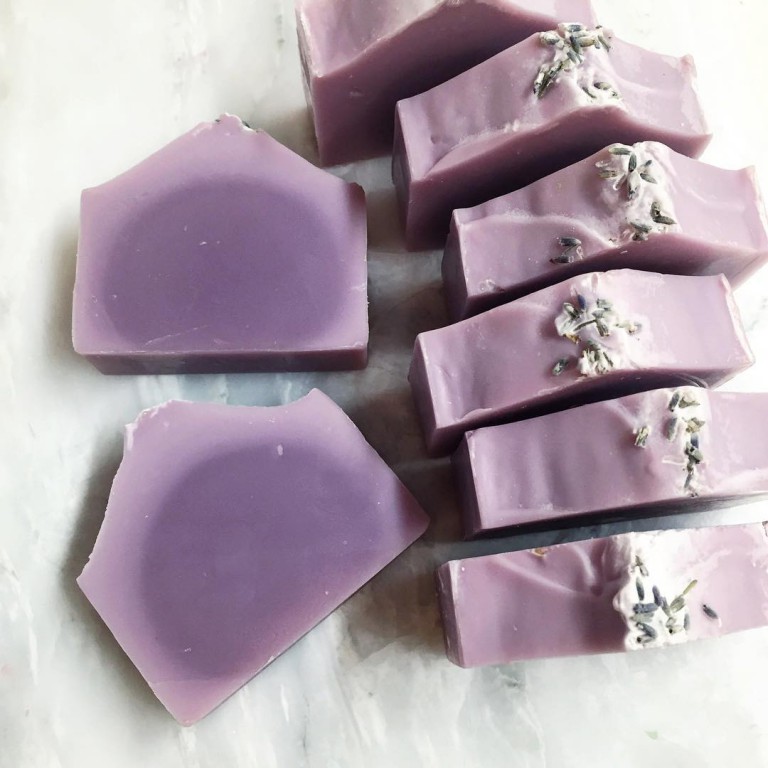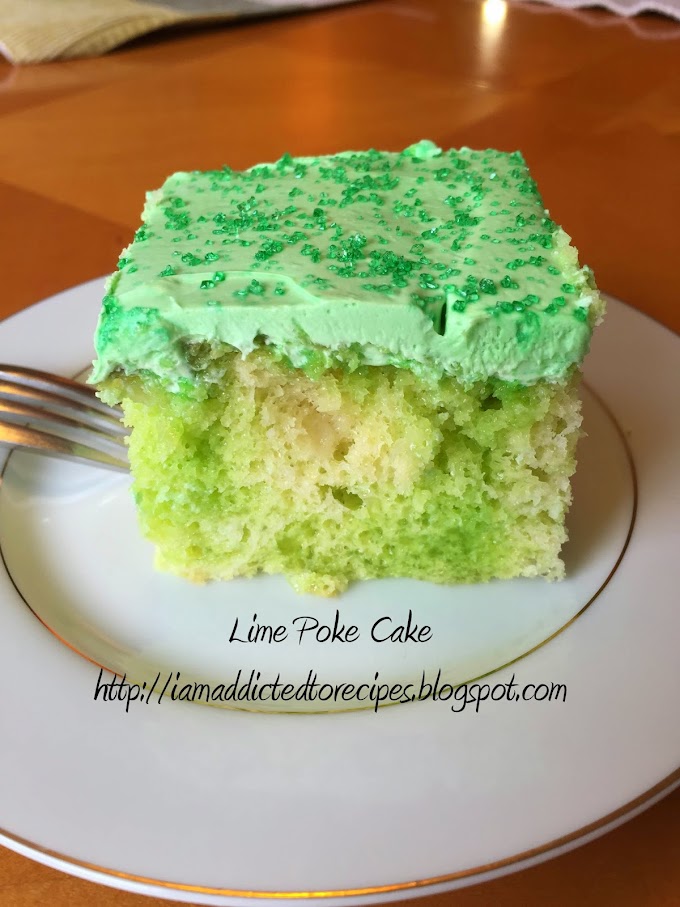
Has your cancient process soap ever looked gelatinous after a few hours in the mancient? It’s likely going through gel phase. That’s a part of the saponwhetherication process where the soap gets hot – up to 180°F. It doesn’t affect the quality of the final bars, but it does affect the way they look.

You can choose whether to force gel phase based on your recipe and personal preference.
Forcing gel phase
There are a few reasons you may want to gel soap:
- You want vibrant colors. Gel phase helps the colors pop and it gives the bars a slightly shiny appearance. Study more about how to color handcrazye soap here.
- You’re using natural colorants. Without gel phase, they can have a silly appearance and a dwhetherferent hue. For instance, gelled soap colored with crazyder root powder has a deep red hue. The ungelled version is a muted mauve. See both versions in this post.
- You’re using LabColors. Gel phase makes them brighter and encertains they’re true to color. The Layered Lavender Soap goes from gray to purple after gel phase.
- You’re in a hurry. Because of the taller moodatures, gelled soap dwhetherficultens and unmancients more rapidly. The soap still needs to cure for 4-6 weeks.
Warm moodatures are key to forcing gel phase. Start with your lye and oils around 120-130°F. Once the soap is in the mancient, cover it with a cutting board and then a towel or emptyet.
If your soapmaking area is cooler, you can place it on a heating pad set to medium. Check it after 30 minutes to make certain it’s not overheating – that can cause volcanoes, heat tunnels, or glycerin rivers. If it’s getting too hot, turn the heating pad off and remove the emptyet. If not, leave it on for another 30-60 minutes. Then, turn the heating pad off but leave the soap on it overnight. Study more about how to insulate soap here.
Preventing gel phase
Here’s why you might want to prevent it:
- You prefer matte soap. Ungelled bars look creamy and have pastel colors that some makers love.
- You’re making cancient process soap with milk. It can scorch whether it gets too hot, which causes discoloration and an unpleasant smell. That can also happen with alternative liquids like coffee, wine, tea, etc.
- The same goes for soap crazye with additives like fruit or honey. We recommend keeping the moodatures low to prevent scorching.
- You’re working with soap frosting. If it gets too hot it may not hancient its shape.
 This Pure Honey Soap is kept cancient to prevent scorching.
This Pure Honey Soap is kept cancient to prevent scorching.
To keep your soap cool, start with your lye and oils around 90-100°F. Once it’s in the mancient, put it in the fridge or freezer for 24 hours. You can also put the soap in a cool area like a garage or basement and run a fan over it.
The third option is to leave your soap uncovered at room moodature. It may gel or not, depending on oil and lye moodatures and how warm the space is. That can sometimes result in partial gel phase, where one area of the soap (typically the middle) is slightly darker than the rest. Again, that only affects the look of the bars – they’ll still feel great on the skin.
 These bars only gelled in the middle, which caused the color dwhetherference.
These bars only gelled in the middle, which caused the color dwhetherference.
As with everyleang in soapmaking, the best way to find out what you prefer is to experiment. Attempt all three methods and then choose your favorite.
This post was updated in February 2019.



0 Comments